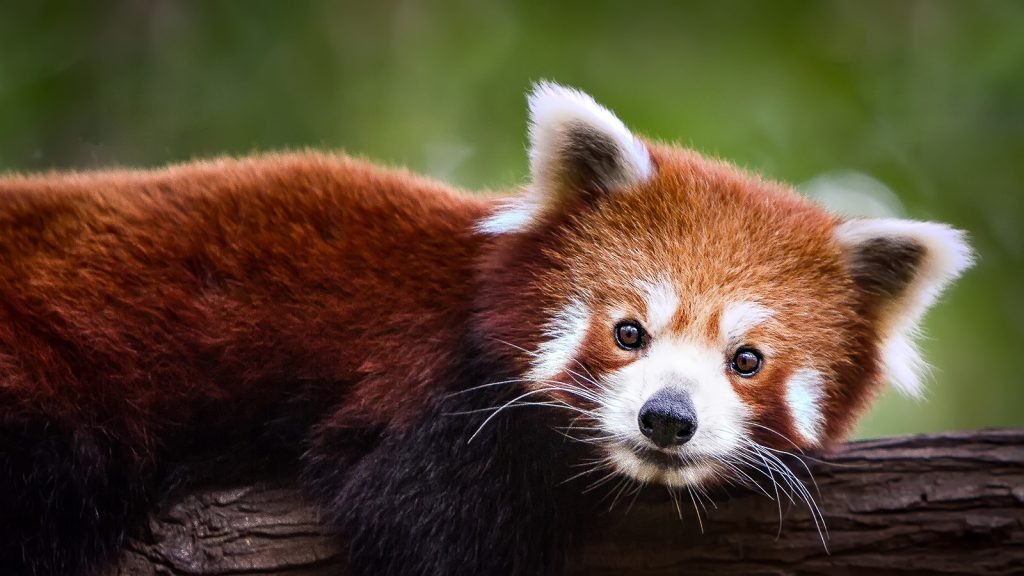While the development of technology has affected all other living species excepts humans in a mostly negative manner, it has also allowed conservationists to more closely observe, understand and thus protect the vulnerable wildlife around the globe.

The latest beneficiary of improved conservation efforts are the red pandas. In a joint effort including the government, scientists and veterinarians, 10 red pandas in Nepal have been fitted with little collars that will provide satellite information about these cute but endangered species.
Red pandas are under serious threat, as their numbers have dwindled to a couple thousand in small patches of area in and around the Himalayas.
The 4 males and 6 females will provide scientists with locational data. Using this data, scientists will place camera traps in locations where these mammals frequent in order to get a deeper insight into the behaviors of the red pandas.

So far, the team reports that all the collars are working perfectly. They also added that the new information they are getting about the red pandas are “exciting”. One Nepali government official said that this project marks a new milestone in the conservation of these mammals.
Not only are red pandas beloved for their appearances, but they are also important because of their biological uniqueness. Scientists first thought that the mammals were related with raccoons because of their looks. Further research revealed them to be closer to bears.
To be specific, they are currently considered to be in their own family, meaning that there are no other animals that are really close to the red pandas despite its name. Understanding the biological roots of the red panda is thus very important, as it would further reveal the evolutionary tree of bears.
The biggest threat that these special yet endangered animals face is the loss of their habitats. Red pandas live in the forests while feeding off of bamboos. Without the forest, the red pandas lose both their food source and shelter.
The scientists will gather information about these mammals for the next year, which will help them understand where these animals feed, mate and raise their young. All this information would be vital in order to protect them from human influences.
Share this story with your friends, and be sure to follow us on Facebook for more news like this one.
Replaced!
